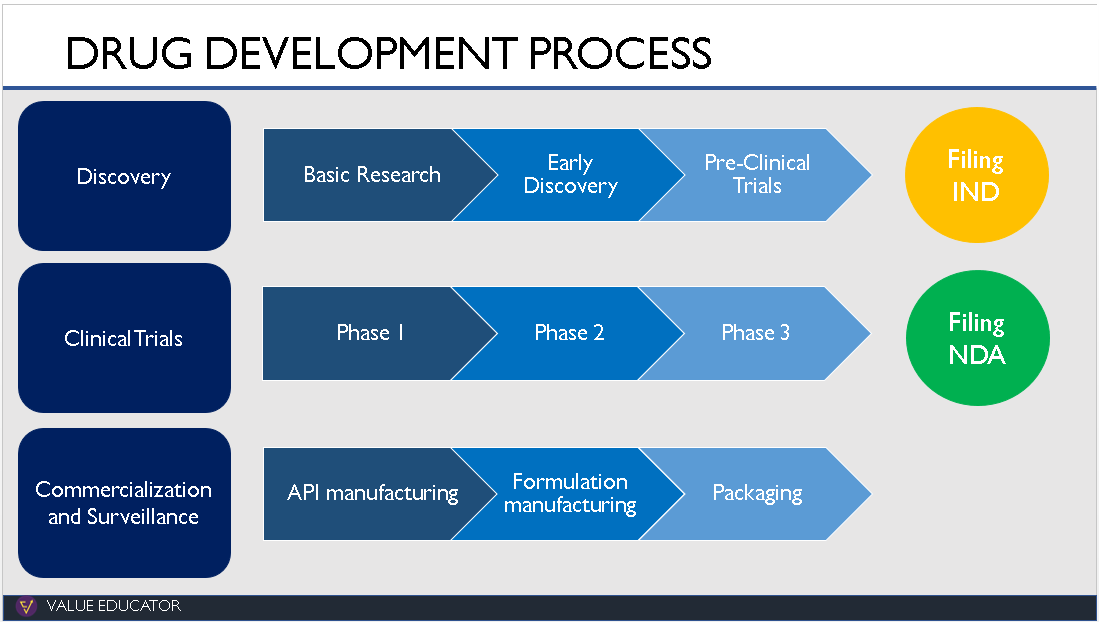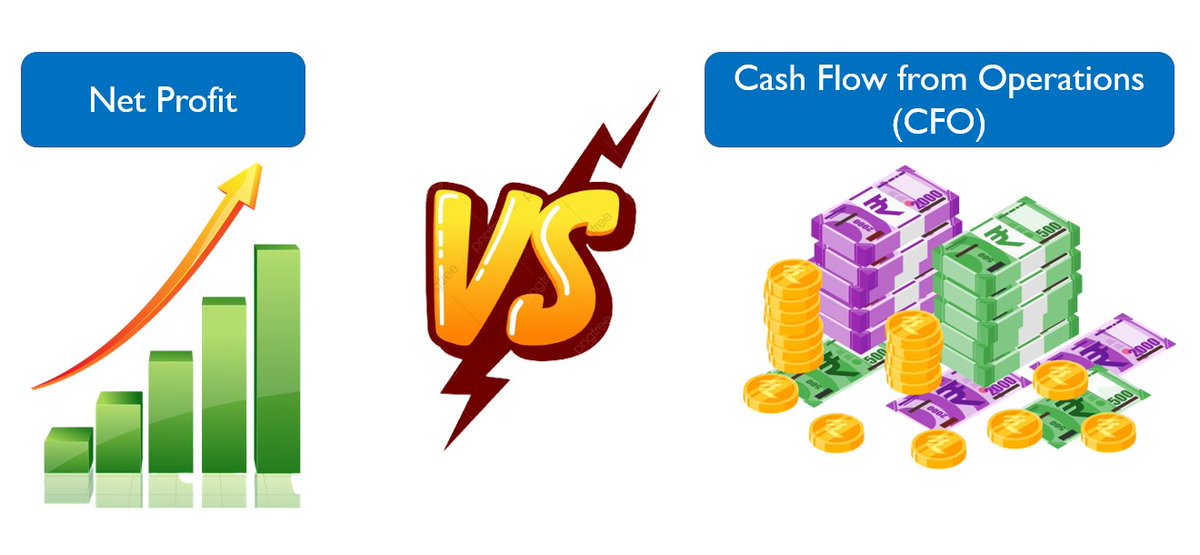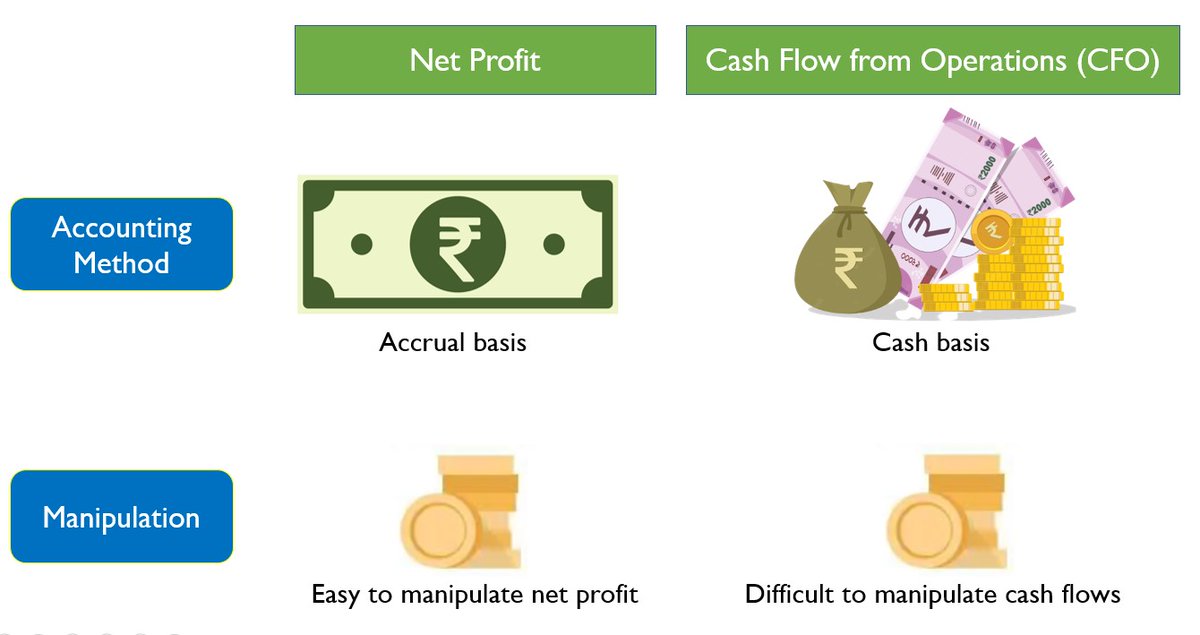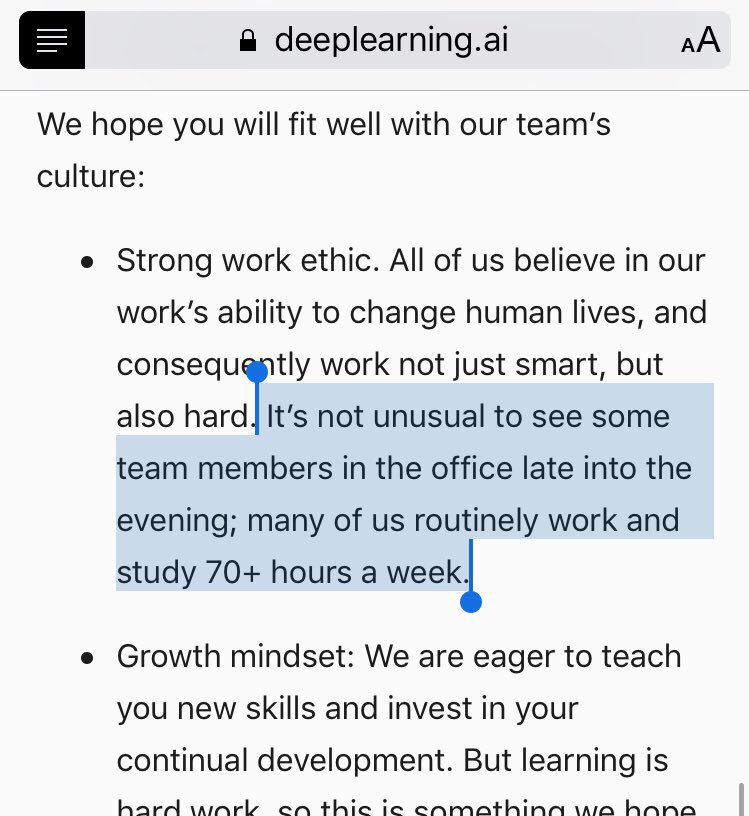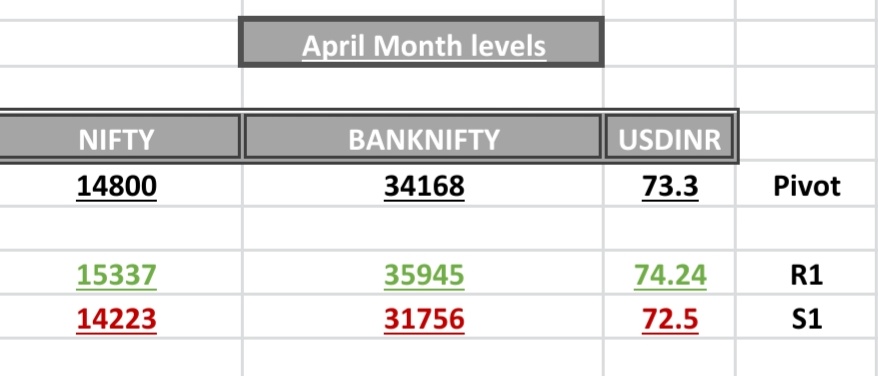2. India's leading manufacturer, supplier and exporter of aroma and fragrance chemicals.
#Privy Speciality Chemical - Superior Business Model ?
A Detailed Thread 🧵🧵
Like & Retweet for Max Reach !!
Price : ₹ 1986 🌹🥀

2. India's leading manufacturer, supplier and exporter of aroma and fragrance chemicals.
1. Aroma chemicals which form the building blocks of the F & F industry is a size of about USD 5.5bn. This multi-billion-dollar industry impacts daily life for consumers worldwide, often on multiple fronts: From the toothpaste we use, to the coffee, tea,
2. The industry value chain begins from the petrochemical manufacturers and ends with the FMCG industries.

1. Privi manufactures aroma chemicals which are used by the Fragrance and flavours industry to make different formulations having application in the FMCG industry.

1. In early times, extracts of flowers were used to make fragrances, however in modern times with scarcity of flora and fauna, the aroma industry is dependent on petrochemicals and pinene for their raw material requirement.
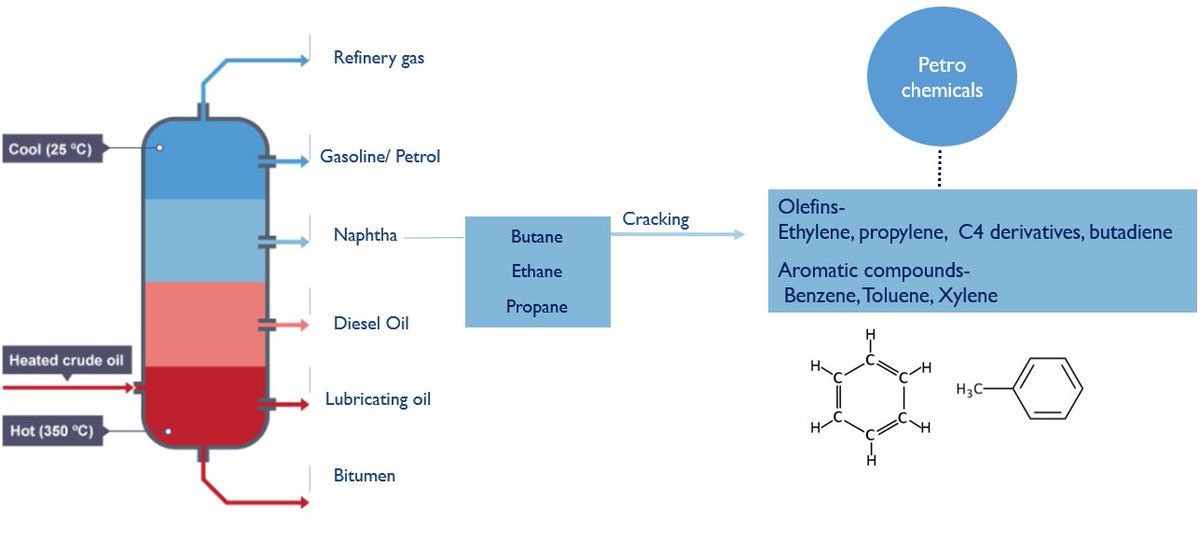
1. From the petrochemicals value chain we derive benzene, toluene, xylene, phenols aldehydes etc and other types of chemicals.These chemicals go hand in hand with essential oils or isolates and under

Nitro musk was widely used during the 20th century but is now prohibited because of certain neurotoxicity and their phototoxicity.



The pinene molecule is derived from two sources i.e. GTO & CST. This pinene molecule has isomers composition of alpha pinene, beta pinene and di-pentenes, all of these belong to the broad family of terpenes.



Margin hierarchy: Specialty > Citral > Pinene > Phenols.

Privi has 3 manufacturing units with a total production capacity of - 32,500 TPA spread across Amber fleur, Acetates, Dihydromyrcenol, Ionones, Nitriles, Sandal wood derivatives and Specialty chemicals.
Conventional technology derived pinene from GTO. GTO is derived from pine trees and is an expensive raw material. Crude sulphate turpentine is comparatively cheaper but due to high sulphur content and
Privi speciality developed in-house technology to derive pinene from CST giving them the competitive advantage over others.
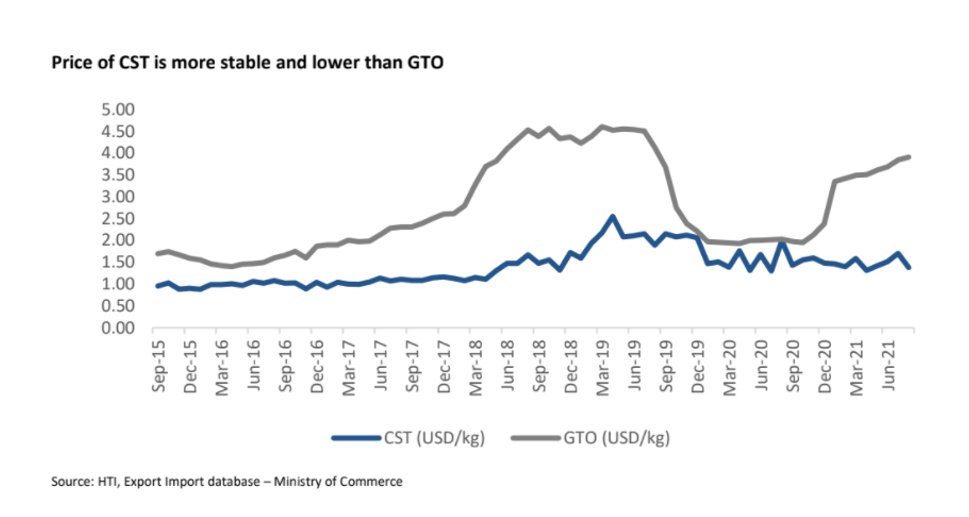
The numbers translate the process innovation as the revenues improved post CST manufacturing along with expansion in margins.

Camphor: Camphor is used in pharmaceutical and industrial applications.
Asset Turnover of 2X with 3000 Cr revenue guidance in 3-3.5 years post capex. (Continued)
With CST processing technology and manufacturing value added products from waste is what determines the R&D efforts of privi specialty


More from Value Educator
You May Also Like
Great article from @AsheSchow. I lived thru the 'Satanic Panic' of the 1980's/early 1990's asking myself "Has eveyrbody lost their GODDAMN MINDS?!"
The 3 big things that made the 1980's/early 1990's surreal for me.
1) Satanic Panic - satanism in the day cares ahhhh!
2) "Repressed memory" syndrome
3) Facilitated Communication [FC]
All 3 led to massive abuse.
"Therapists" -and I use the term to describe these quacks loosely - would hypnotize people & convince they they were 'reliving' past memories of Mom & Dad killing babies in Satanic rituals in the basement while they were growing up.
Other 'therapists' would badger kids until they invented stories about watching alligators eat babies dropped into a lake from a hot air balloon. Kids would deny anything happened for hours until the therapist 'broke through' and 'found' the 'truth'.
FC was a movement that started with the claim severely handicapped individuals were able to 'type' legible sentences & communicate if a 'helper' guided their hands over a keyboard.
For three years I have wanted to write an article on moral panics. I have collected anecdotes and similarities between today\u2019s moral panic and those of the past - particularly the Satanic Panic of the 80s.
— Ashe Schow (@AsheSchow) September 29, 2018
This is my finished product: https://t.co/otcM1uuUDk
The 3 big things that made the 1980's/early 1990's surreal for me.
1) Satanic Panic - satanism in the day cares ahhhh!
2) "Repressed memory" syndrome
3) Facilitated Communication [FC]
All 3 led to massive abuse.
"Therapists" -and I use the term to describe these quacks loosely - would hypnotize people & convince they they were 'reliving' past memories of Mom & Dad killing babies in Satanic rituals in the basement while they were growing up.
Other 'therapists' would badger kids until they invented stories about watching alligators eat babies dropped into a lake from a hot air balloon. Kids would deny anything happened for hours until the therapist 'broke through' and 'found' the 'truth'.
FC was a movement that started with the claim severely handicapped individuals were able to 'type' legible sentences & communicate if a 'helper' guided their hands over a keyboard.










